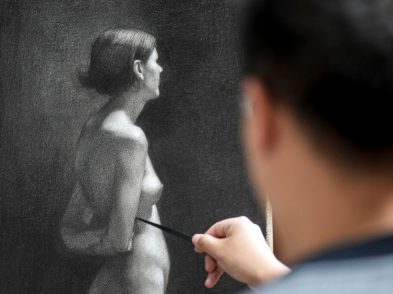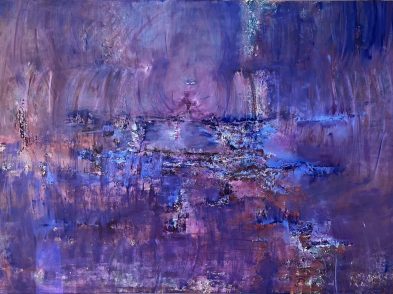The Enchantment of Orpheus in the Art of All Times: From Titian to the Contemporary, the show occupying the halls of Palazzo Medici Riccardi until September 8 takes a new approach in presenting the palazzo’s connection with the classical myth.
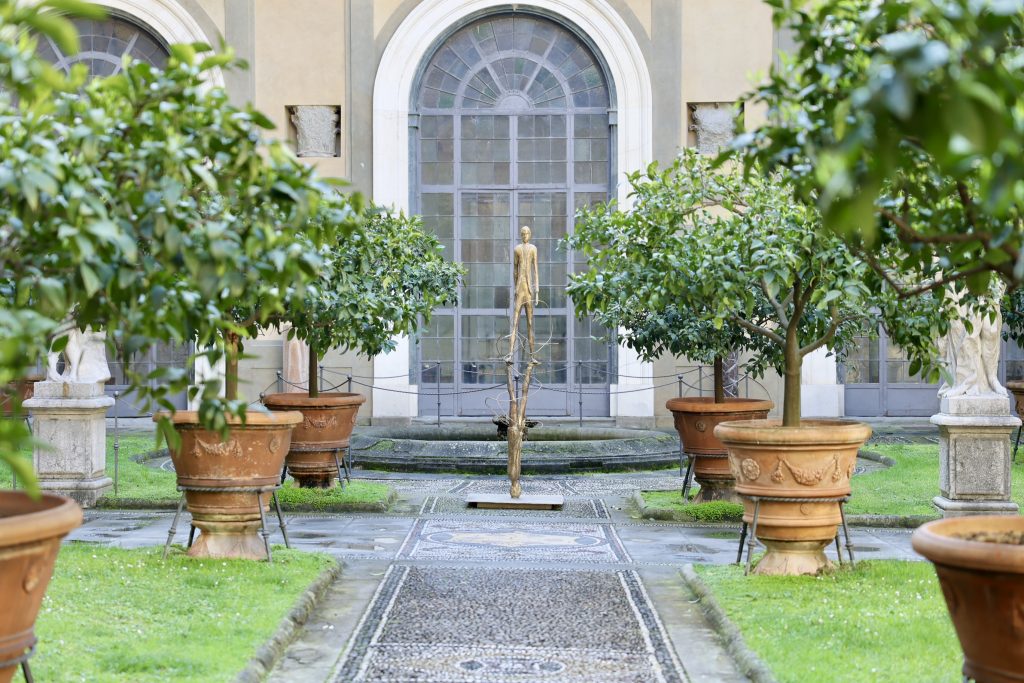
Inspired by Baccio Bandinelli’s 1519 sculpture of Orpheus, which stands in the edifice’s central courtyard, the exhibition displays 60 works of art from as many artists dating to between the Renaissance and the present day, all of which reflect differently upon the Greek myth. The show orbits around the story and its themes, with work ranging from painting and sculpture to music and film. Each room highlights a different theme or point in the story, which allows for a more effective comparison between the interpretations.
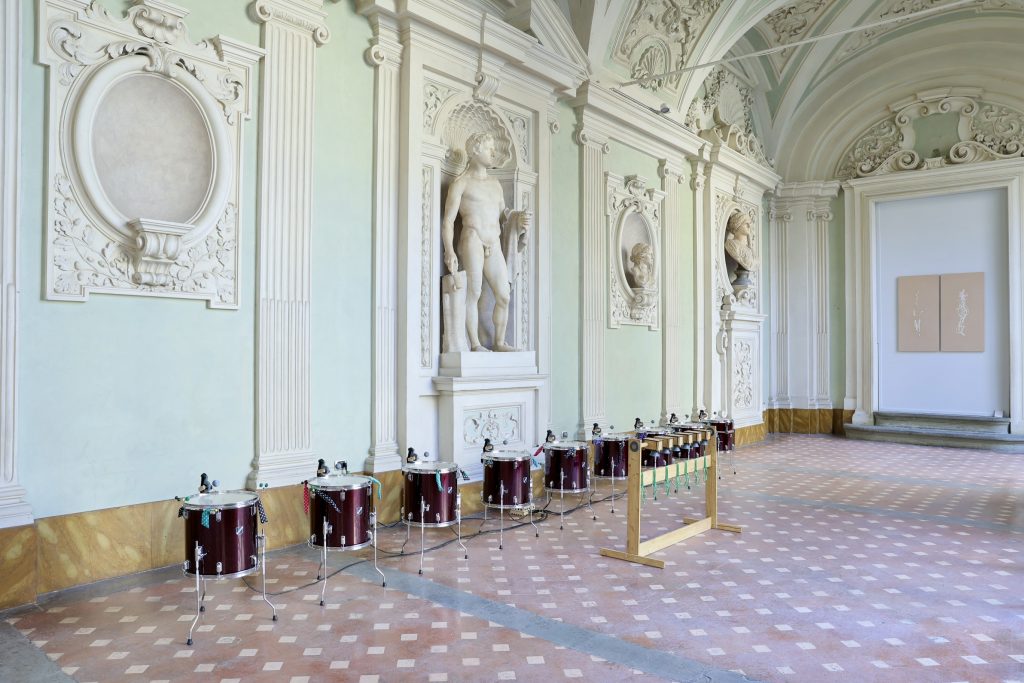
The diversity in the types of art on display is impressive. The concourse commences with two of the exhibition’s greatest masterpieces: Dutch master Gerard van Honthorst’s Orpheus and an ancient addition to the main collection, a first-century stone relief of Orpheus, Eurydice and Hermes. In the adjacent hall, the assemblage takes a musical turn, with Eva Marisaldi’s line of drums programmed to play a rhythm inspired by Monteverdi’s operatic Orpheus (1607). Later, a screen displays a French film adaptation of the story from 1950, which turns the tale into what was at that point a modern version of the legend. The datedness of the black-and-white scenes for 21st-century visitors contrasts the story’s ancient origins and the modernity of some of the other drawings and paintings, which include Cy Twombly’s interpretation from 1979, and to close the experience, a piece by Francesca Banchelli completed only this year.
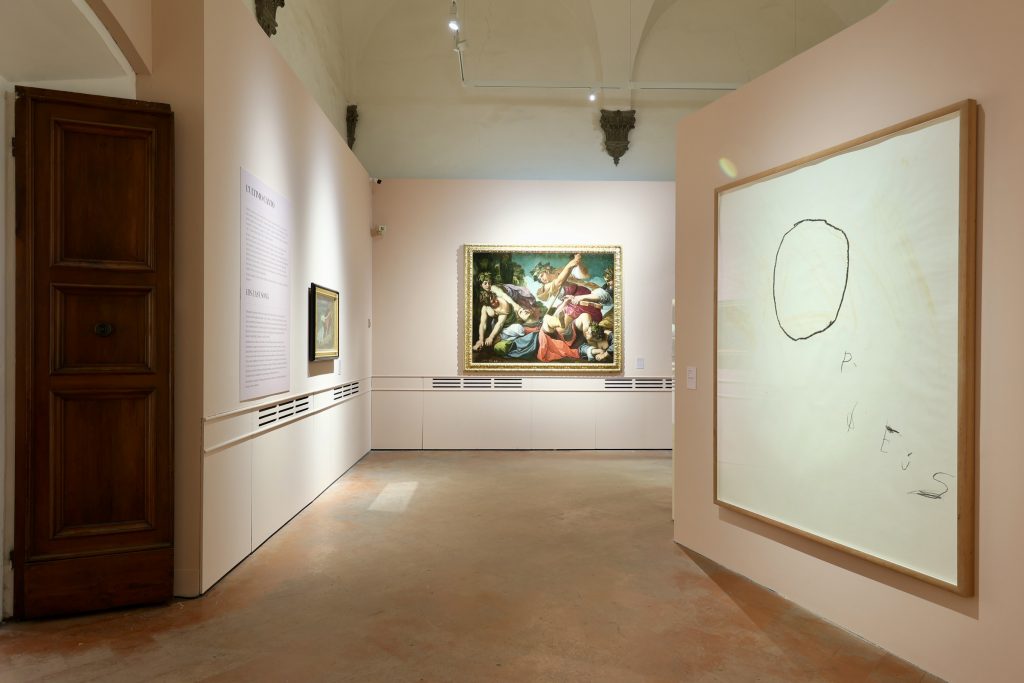
The cyclical route brings visitors back out to where they started: the courtyard at the centre of the palazzo as the museum’s own Orpheus ushers onlookers into the concourse and greets them once more at its close. As such, upon exit, the exhibition’s meaning expands from a varied collection of interpretations throughout history to a recounting of the history of the palazzo itself. The iconic figure stands as a symbol not only of the classical myth, but of its renewed importance for the Renaissance individuals that placed Orpheus at the centre of the action. It reminds us that this renewal of the ancient has been constant, and that the themes and emotions of the tale are always in need of refreshing.
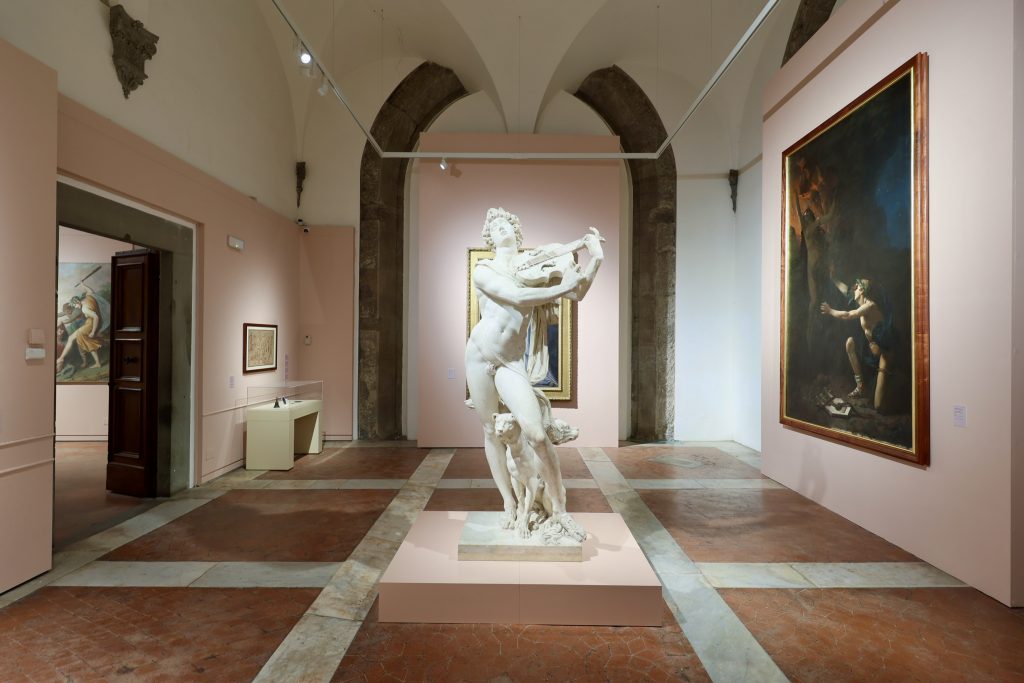
A deeper dive into Bandinelli’s Orpheus teaches us that he was chosen as an emblem of the serenity that the Medici hoped to bring to Florence, and following a leisurely stroll through the art and culture that Florence continues to attract from around the world, we hope he now stands to prove that this goal was achieved.
The Enchantment of Orpheus in the Art of All Times: From Titian to the Contemporary
Palazzo Medici Riccardi, via Cavour 3, Florence
Daily 9am-7pm, closed Wednesdays
Tickets to Palazzo Medici Riccardi include admission to the Palace, with the Chapel of the Magi, and Mirror Gallery, as well as access to the Archaeological Itinerary, Marble Museum, and ongoing temporary exhibitions.


